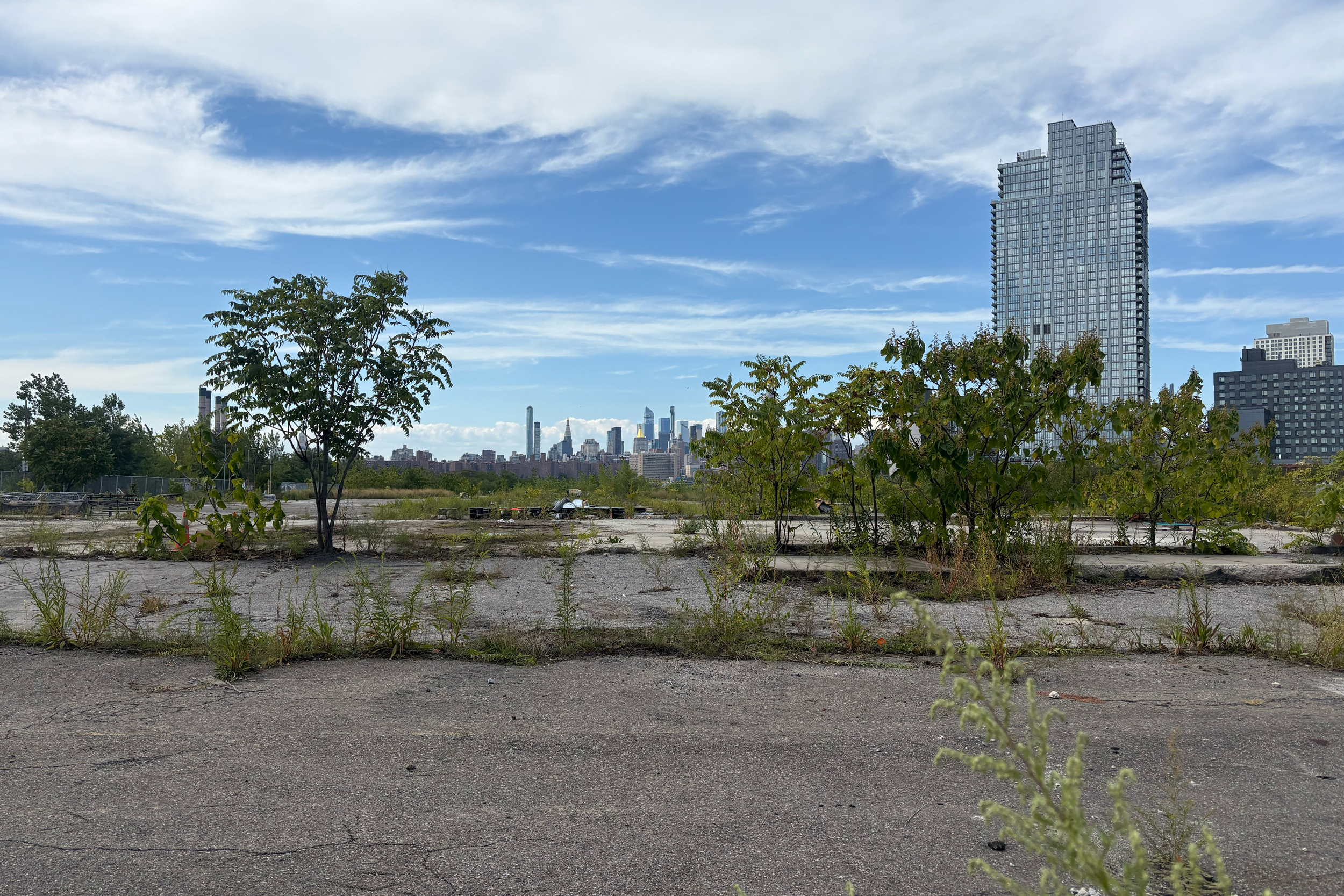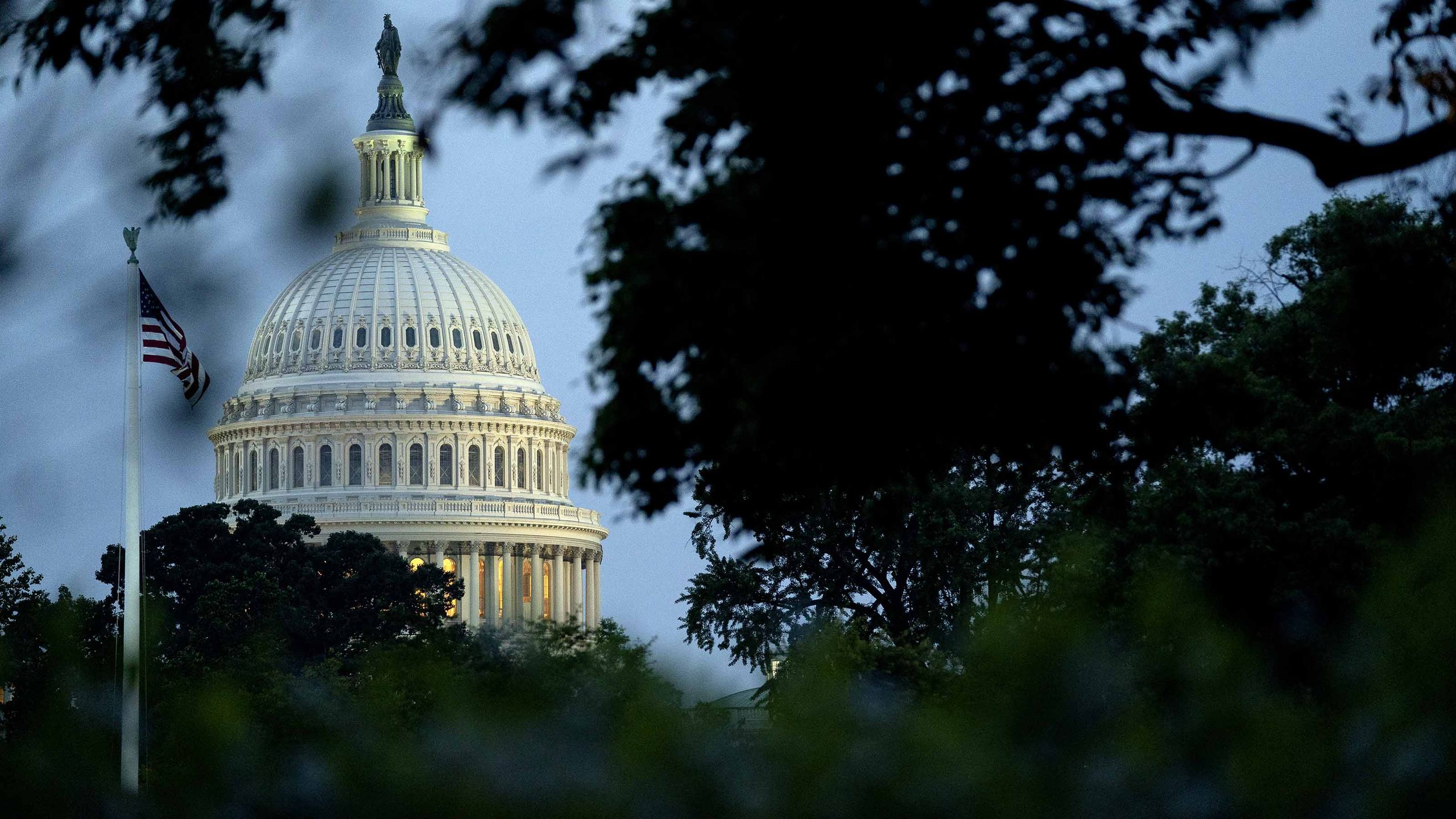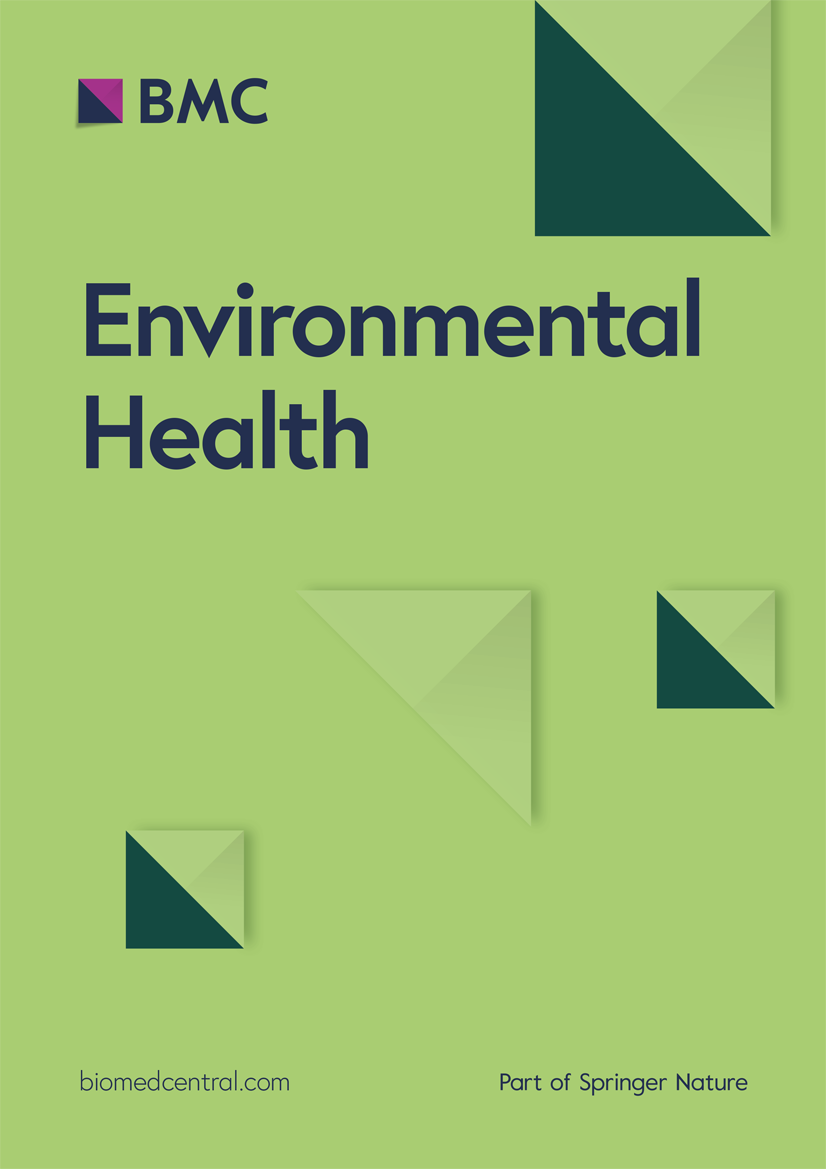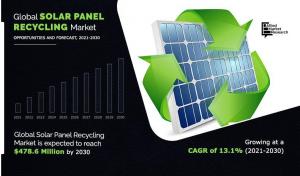Report on Urban Development Conflicts in New York City in Relation to Sustainable Development Goals
Executive Summary: Balancing SDG 11.1 (Affordable Housing) and SDG 11.7 (Public Green Spaces)
A significant challenge in New York City’s urban planning is the inherent conflict between the development of affordable housing, in line with Sustainable Development Goal (SDG) 11.1, and the preservation of public green spaces, a key target of SDG 11.7. This report analyzes recent case studies where community advocacy for parks has impeded projects aimed at alleviating the city’s severe housing crisis. The resolution of these conflicts is critical for achieving holistic urban sustainability.
- Elizabeth Street Garden Case: A proposal to construct a 123-unit affordable housing development for senior citizens was abandoned following strong community opposition to the loss of the cherished garden. This outcome prioritized SDG 11.7 (access to green space) over SDG 11.1 (affordable housing) for a vulnerable population.
- City-Wide Housing Crisis: New York City faces a historically low housing vacancy rate of 1.4 percent, creating urgent pressure on officials to prioritize affordable housing development to ensure adequate and safe shelter for all residents.
The Multifaceted Role of Green Infrastructure in Advancing SDGs
Urban parks and green spaces are critical infrastructure that contribute to multiple Sustainable Development Goals beyond providing recreational areas. Their preservation and expansion are integral to creating resilient and healthy cities.
- SDG 3 (Good Health and Well-being): Parks provide essential opportunities for physical exercise and community engagement. A 2015 report on Central Park quantified its health benefits in the tens of millions of dollars annually through reduced healthcare costs and lost work hours.
- SDG 13 (Climate Action): Green spaces are a key tool for climate adaptation in dense urban environments. They mitigate the urban heat island effect during summer and absorb stormwater during heavy rainfall, reducing flood risk.
- SDG 11 (Sustainable Cities and Communities): As stated by Adam Ganser of New Yorkers for Parks, the city’s park system is a primary “quality of life tool” that is essential for retaining residents and maintaining the city’s social sustainability.
Governance, Community Engagement, and Institutional Frameworks (SDG 16 & SDG 17)
The processes governing land use and development in New York City are central to navigating the conflict between housing and green space. Current frameworks and proposed changes significantly impact the ability to achieve balanced and sustainable outcomes.
Community Engagement and Rezoning Procedures
- ULURP Process: The Uniform Land Use Review Procedure (ULURP) is the city’s formal process for land-use decisions. While 2022 guidelines emphasize early and substantive engagement with local stakeholders, binding votes remain with the City Planning Commission, the City Council, and the Mayor.
- Member Deference: A long-standing City Council tradition of deferring to the local member on zoning decisions grants significant power to local interests. This practice has resulted in the loss of approximately 3,547 planned apartments since 2022, including 925 income-restricted units.
- Ballot Proposal 4: A proposed change to the city charter would create a three-person panel with the authority to overturn rejected zoning changes, potentially diminishing the power of member deference and centralizing land-use decisions. This directly impacts SDG 16’s goal of ensuring responsive and inclusive decision-making at all levels.
Case Study: Monitor Point Development, Brooklyn
The proposed Monitor Point mixed-use development exemplifies the complex negotiations required to align development with community and sustainability goals.
- Project Goals: The development aims to provide up to 1,150 new apartments, with 25% dedicated to affordable housing (SDG 11.1). The plan also includes climate-resilient features such as all-electric buildings and shoreline restoration with native plantings (SDG 13, SDG 15).
- Community Concerns: Local advocates raise concerns that the influx of new residents will strain the area’s limited parkland, which ranks 48th out of 59 community districts for open space. They advocate for alternative uses, such as incorporating the land into Bushwick Inlet Park as a resiliency buffer against sea-level rise.
Case Study: Public-Private Partnerships for Park Maintenance (SDG 17)
The gentrification of neighborhoods like Fort Greene highlights the strain new development places on existing public infrastructure, necessitating innovative partnership models to ensure sustainability.
- The Challenge: Fort Greene Park faces increased maintenance needs due to a growing local population and city budget cuts. The park lacks basic infrastructure, such as an irrigation system, and requires funding to protect its tree canopy from disease.
- A Partnership-Based Solution: In response to a proposed 72-story tower that would add over 1,000 new apartments, the Fort Greene Park Conservancy has requested an annual maintenance payment of approximately $300,000 from the developers.
- Institutional Response: The local community board recommended approval of the project on the condition of “a meaningful financial contribution to the Fort Greene Park Conservancy.” This approach models a public-private partnership (SDG 17) where developers contribute directly to sustaining the public amenities their projects impact.
Analysis of Sustainable Development Goals in the Article
1. Which SDGs are addressed or connected to the issues highlighted in the article?
The article highlights a complex urban planning conflict that touches upon several Sustainable Development Goals. The primary SDGs addressed are:
- SDG 11: Sustainable Cities and Communities: This is the most central SDG, as the article revolves around the tension between providing affordable housing and preserving green public spaces within New York City.
- SDG 3: Good Health and Well-being: The article explicitly connects parks and green spaces to public health, citing their role in providing opportunities for exercise and improving quality of life.
- SDG 13: Climate Action: The environmental benefits of parks are mentioned as a key tool for climate adaptation, specifically in mitigating urban heat and managing stormwater.
- SDG 16: Peace, Justice and Strong Institutions: The article delves into the governance and decision-making processes related to urban development, including community engagement, zoning laws (ULURP), and the political tradition of “member deference.”
2. What specific targets under those SDGs can be identified based on the article’s content?
Based on the issues discussed, several specific SDG targets can be identified:
-
SDG 11: Sustainable Cities and Communities
- Target 11.1: By 2030, ensure access for all to adequate, safe and affordable housing. This target is directly addressed through the discussion of New York City’s “severe housing crisis,” the plan to build a “123-unit affordable housing development for senior citizens,” and the requirement for developers to include affordable housing in projects that require rezoning.
- Target 11.3: By 2030, enhance inclusive and sustainable urbanization and capacity for participatory, integrated and sustainable human settlement planning and management. This is evident in the detailed explanation of the Uniform Land Use Review Procedure (ULURP), the role of community boards, the new guidelines emphasizing that applicants must “meet and substantively engage with local stakeholders,” and the debate over Ballot Proposal 4, which could change the rezoning process and impact local control.
- Target 11.7: By 2030, provide universal access to safe, inclusive and accessible, green and public spaces. This target is at the core of the conflict, highlighted by residents rallying to save the Elizabeth Street Garden, concerns in Greenpoint that new developments will not add “enough new open space,” and the Fort Greene Park Conservancy’s advocacy for funding to maintain the park amidst an influx of new residents.
-
SDG 3: Good Health and Well-being
- Target 3.4: By 2030, reduce by one third premature mortality from non-communicable diseases through prevention and treatment and promote mental health and well-being. The article supports this target by citing a 2015 report on Central Park, which found that the park “provides opportunities for community and exercise, leading to a reduction in health care and lost work hours.” This directly links green spaces to the promotion of well-being and preventative health.
-
SDG 13: Climate Action
- Target 13.1: Strengthen resilience and adaptive capacity to climate-related hazards and natural disasters. The article connects parks to this target by describing them as “a key tool for reducing heat stress in the summer and for absorbing stormwater during heavy rain to prevent flooding.” Furthermore, a developer’s proposal for the Monitor Point project mentions plans for “restoring the shoreline with native plantings, and implementing flood-resilient infrastructure,” which are direct measures to enhance climate resilience.
-
SDG 16: Peace, Justice and Strong Institutions
- Target 16.7: Ensure responsive, inclusive, participatory and representative decision-making at all levels. This target is illustrated by the discussion of the city council’s tradition of “member deference,” where zoning decisions are deferred to the local member. The article notes that this practice gives vocal community members significant influence, as evidenced by the fact that “no housing proposal has been approved through the ULURP without the support of the local councilmember in the past 16 years.” The new guidelines for early and substantive engagement with stakeholders also reflect an effort to make the decision-making process more inclusive.
3. Are there any indicators mentioned or implied in the article that can be used to measure progress towards the identified targets?
The article provides several quantitative and qualitative indicators that can be used to measure progress:
-
Indicators for SDG 11
- For Target 11.1 (Affordable Housing):
- Housing Vacancy Rate: The article states the city’s vacancy rate is at a “historic low of 1.4 percent,” a direct measure of housing availability.
- Number of Affordable Housing Units: Specific numbers are mentioned, such as the “123-unit” project in Little Italy, “1,150 new apartments, with 25 percent dedicated to affordable housing” at Monitor Point, and the “925” income-restricted homes lost due to withdrawn applications.
- Median Rent Prices: The article provides data from the NYU Furman Center, showing the median gross rent in Greenpoint-Williamsburg increased from “$1,240 in 2006 to $2,570 in 2023,” and that rents in Fort Greene increased by “116 percent” over a similar period. These figures are direct indicators of housing affordability.
- For Target 11.7 (Green Space):
- Proportion of Population with Access to Open Space: The article mentions that in one neighborhood, “around 84 percent of residents… live within a five-minute walk from a park.”
- Amount of Parkland per Capita: While not giving a direct ratio, the article implies this indicator by stating the Greenpoint-Williamsburg area “ranks 48th [out of 59 community districts] in terms of parkland space” and that the “ratio of people to open space is very poor.”
- For Target 11.1 (Affordable Housing):
-
Indicators for SDG 3
- For Target 3.4 (Health & Well-being):
- Economic Value of Health Benefits from Parks: The article cites a report that valued the reduction in “health care and lost work hours” from Central Park in the “tens of millions of dollars annually.”
- For Target 3.4 (Health & Well-being):
-
Indicators for SDG 16
- For Target 16.7 (Participatory Decision-Making):
- Rate of Project Approval/Rejection based on Local Representation: The statistic that “no housing proposal has been approved through the ULURP without the support of the local councilmember in the past 16 years” serves as an indicator of the power of local, representative decision-making.
- Number of Housing Units Lost Due to Community Opposition: The article reports that “around 3,547 planned apartments have been lost throughout the ULURP process since 2022” due to community concerns, indicating the impact of participatory processes on development outcomes.
- For Target 16.7 (Participatory Decision-Making):
4. Summary Table of SDGs, Targets, and Indicators
| SDGs | Targets | Indicators Identified in the Article |
|---|---|---|
| SDG 11: Sustainable Cities and Communities |
11.1: Ensure access for all to adequate, safe and affordable housing.
11.3: Enhance inclusive and sustainable urbanization and participatory planning. 11.7: Provide universal access to safe, inclusive and accessible, green and public spaces. |
– City’s housing vacancy rate (1.4%). – Number of planned affordable housing units (e.g., 123, 25% of 1,150). – Median gross rent figures and percentage increase over time. – Mention of ULURP, community boards, and Ballot Proposal 4 as mechanisms for participatory planning. – Percentage of residents living within a 5-minute walk of a park (84%). – Ranking of community districts by parkland space (48th out of 59). |
| SDG 3: Good Health and Well-being | 3.4: Promote mental health and well-being. | – Monetary value of reduced health care costs and lost work hours due to parks (tens of millions of dollars annually). |
| SDG 13: Climate Action | 13.1: Strengthen resilience and adaptive capacity to climate-related hazards. | – Role of parks in reducing heat stress and absorbing stormwater. – Implementation of flood-resilient infrastructure and restoration of shorelines with native plantings. |
| SDG 16: Peace, Justice and Strong Institutions | 16.7: Ensure responsive, inclusive, participatory and representative decision-making. | – Number of housing proposals approved without local council member support (zero in 16 years). – Number of planned apartments lost due to community concerns (3,547). |
Source: insideclimatenews.org







